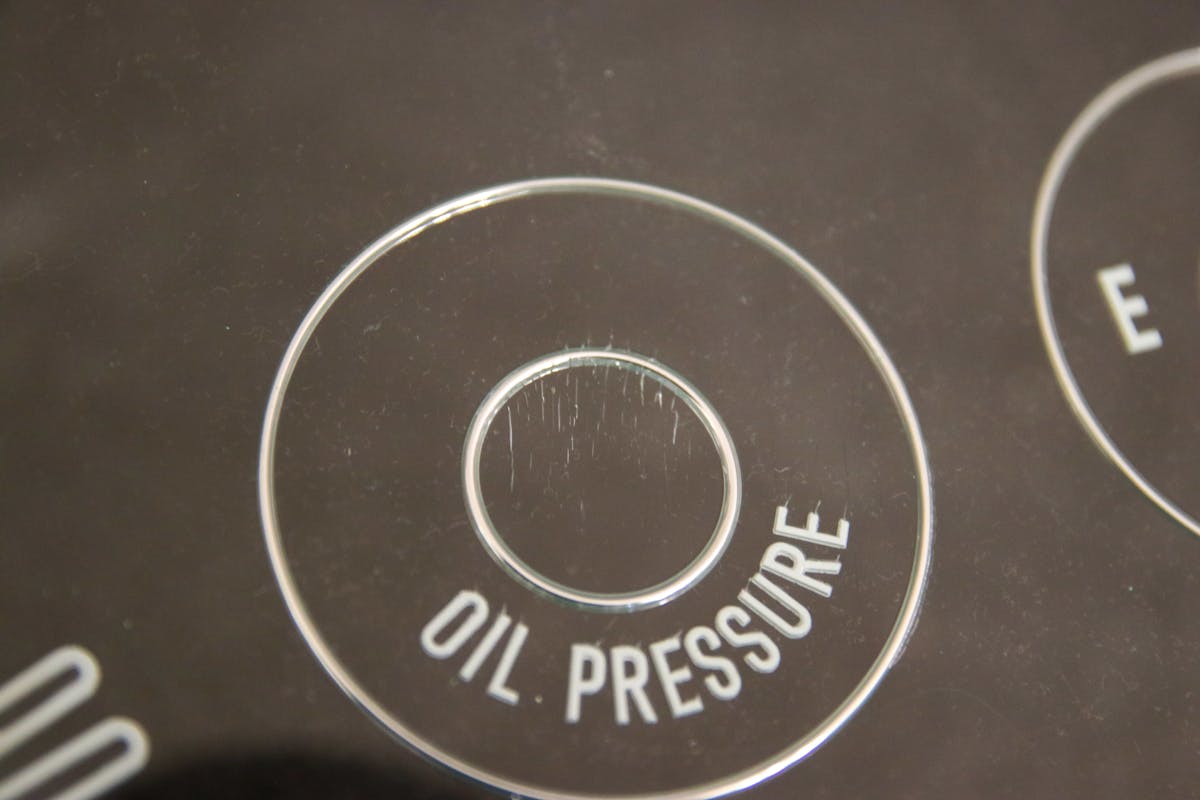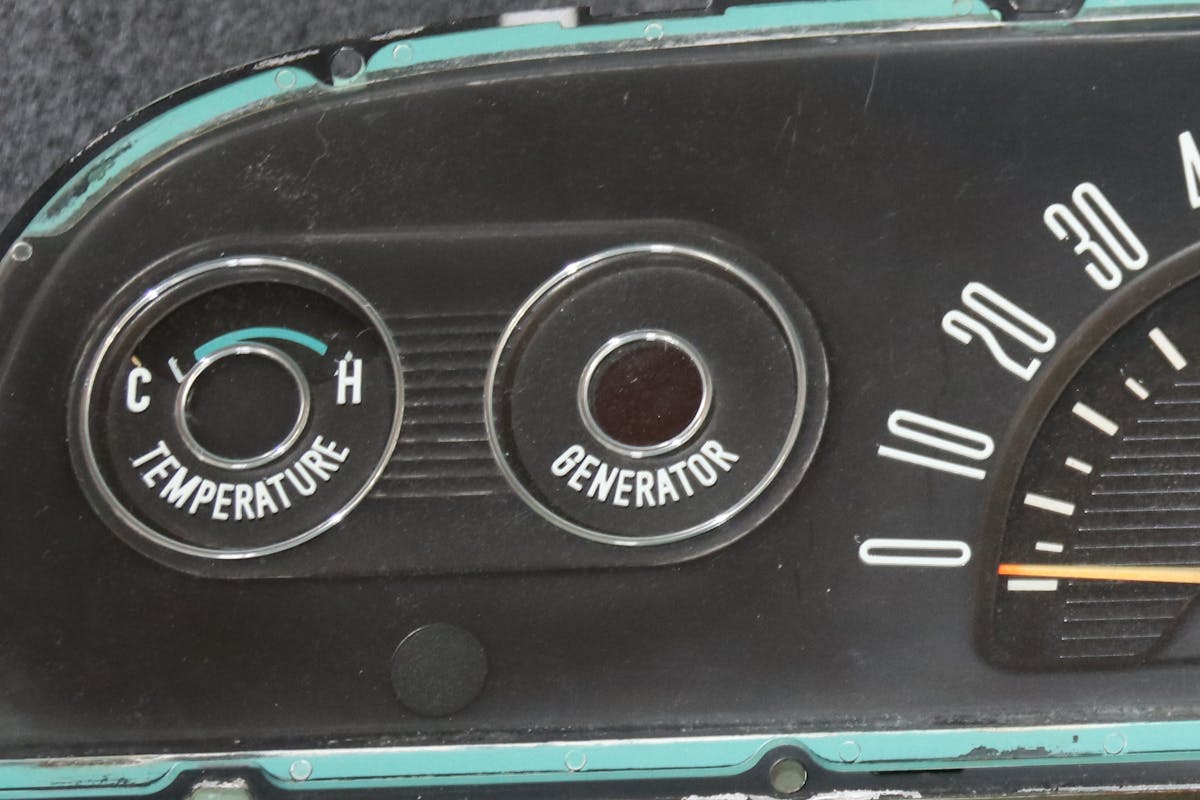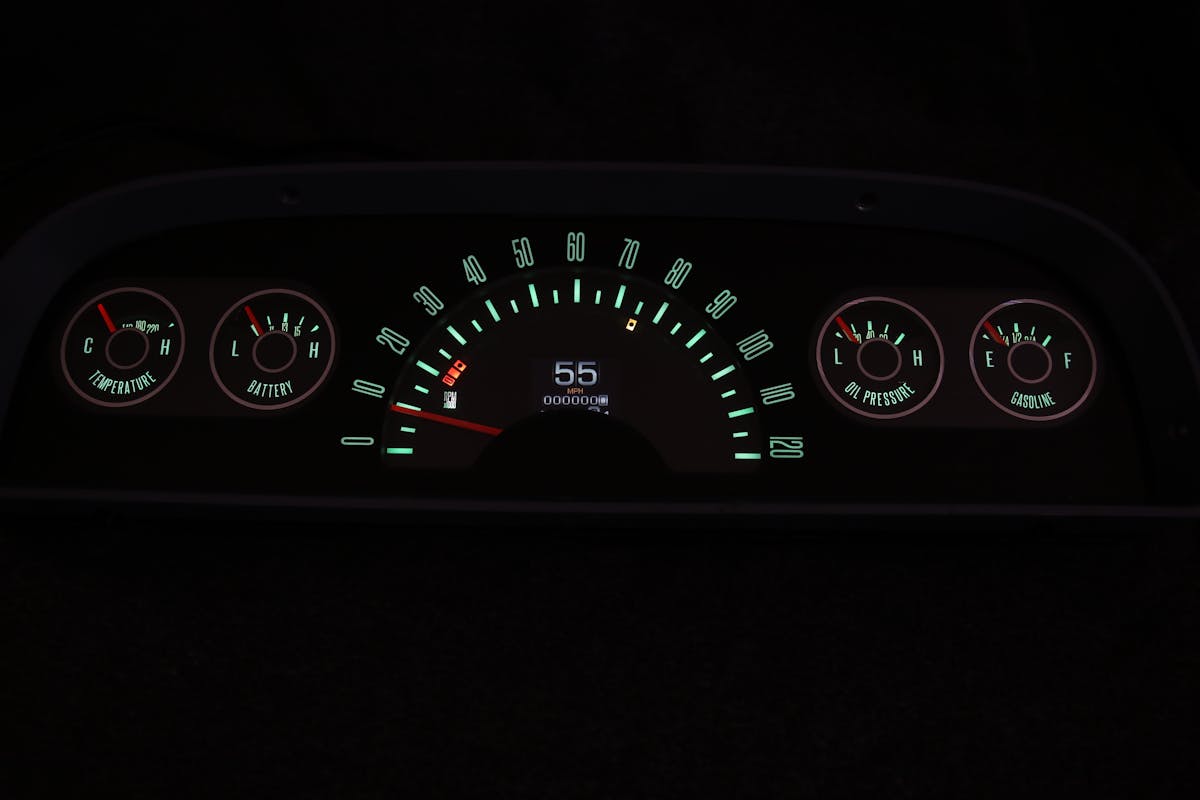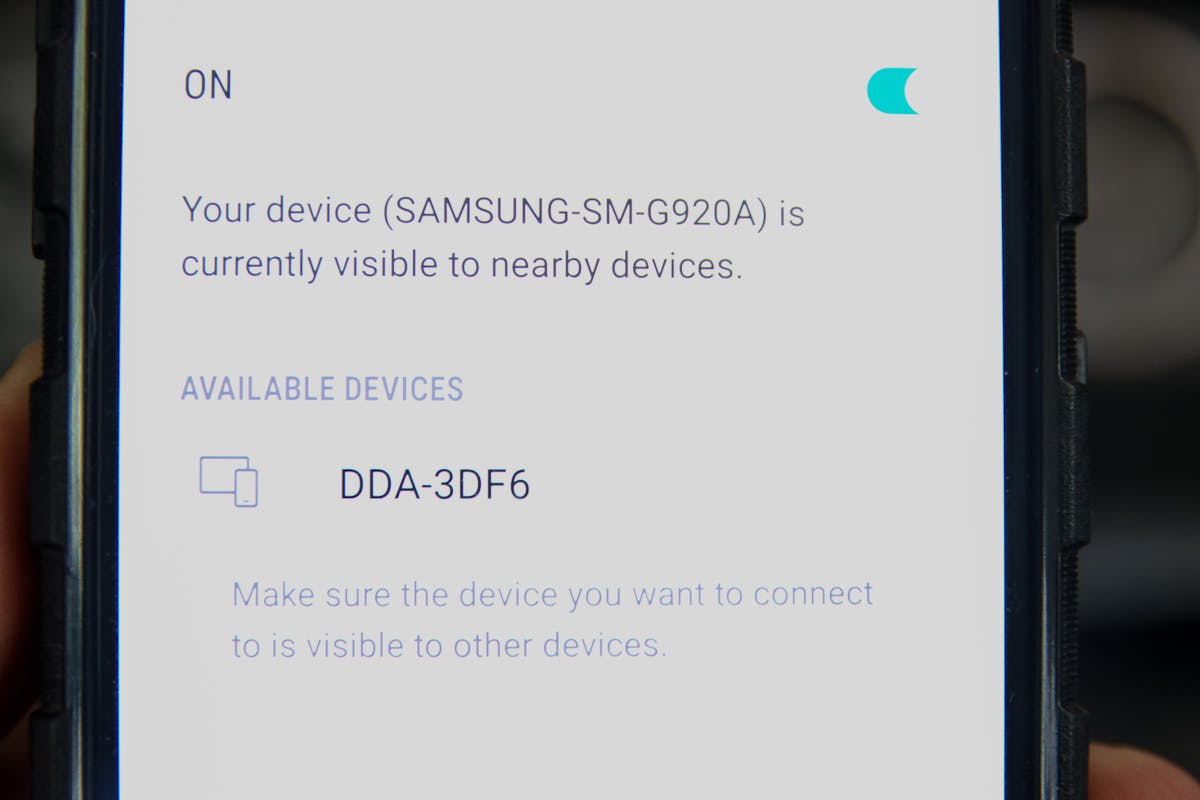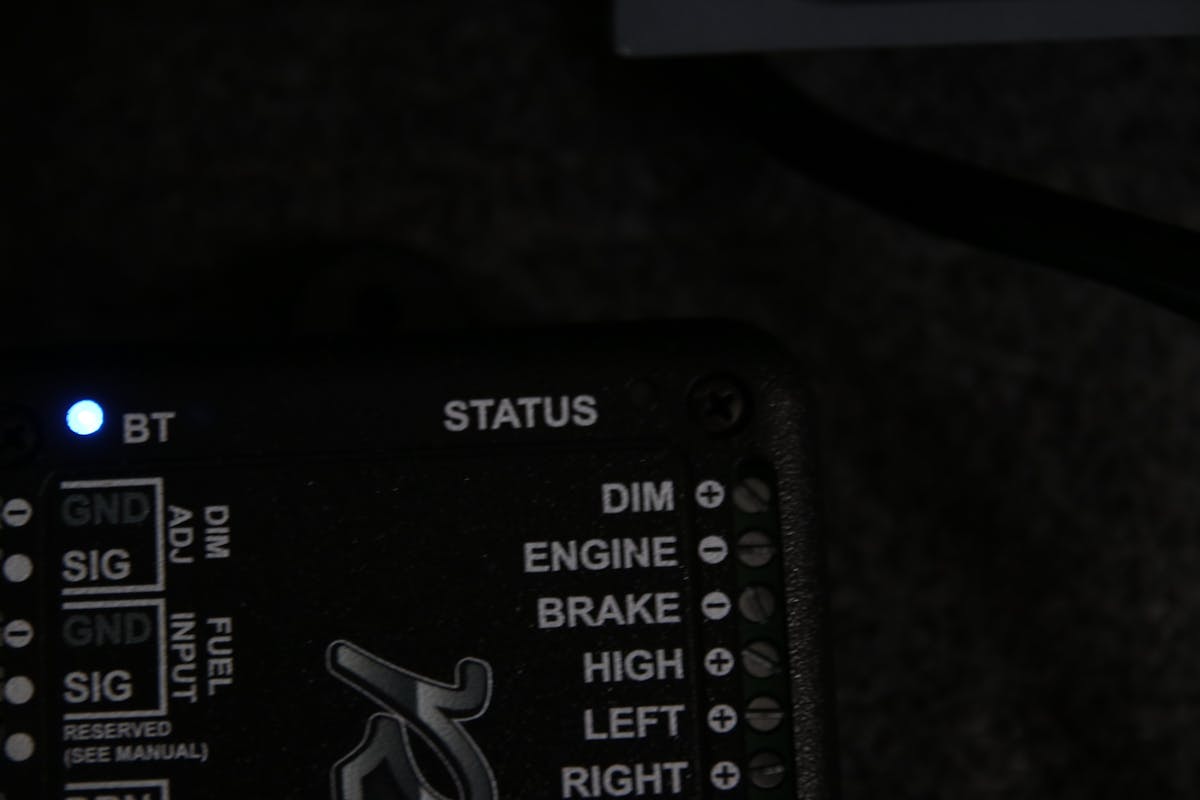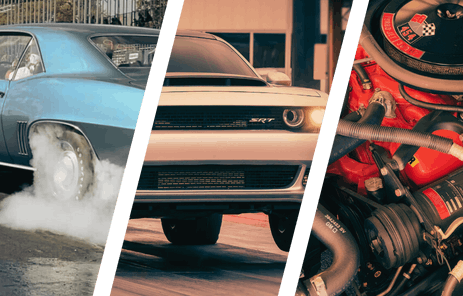
Many may not consider our recent Dakota Digital Retrotech Analog/Digital Instrument System to upgrade a budget item. Let us assure you that it is, and well worth the sticker price. For safety and simplicity, this upgrade ranks as one of the best conversions we have done on our project truck. Here is why we selected the Dakota Digital RTX gauge kit (Part # RTX-60C-PU-X) for our project truck.
Our first-generation Chevy C20 truck was revolutionary when it rolled off the assembly line. When introduced to the public in late 1959 for the 1960 model year, the truck featured a drop-center frame that was designed to place the cab lower. This placed the vehicle’s center-of-gravity in a more advantageous position for handling. The goal was to make the truck drive more like a car.
In addition to the lowered cab design, an independent front suspension was added to the C/K series trucks which also helped the car-like ride. Despite these cutting-edge changes, the C-Series trucks were still work-vehicles and sparsely appointed. The cockpit was bare, with only the minimal equipment the public expected in a fleet-style vehicle.
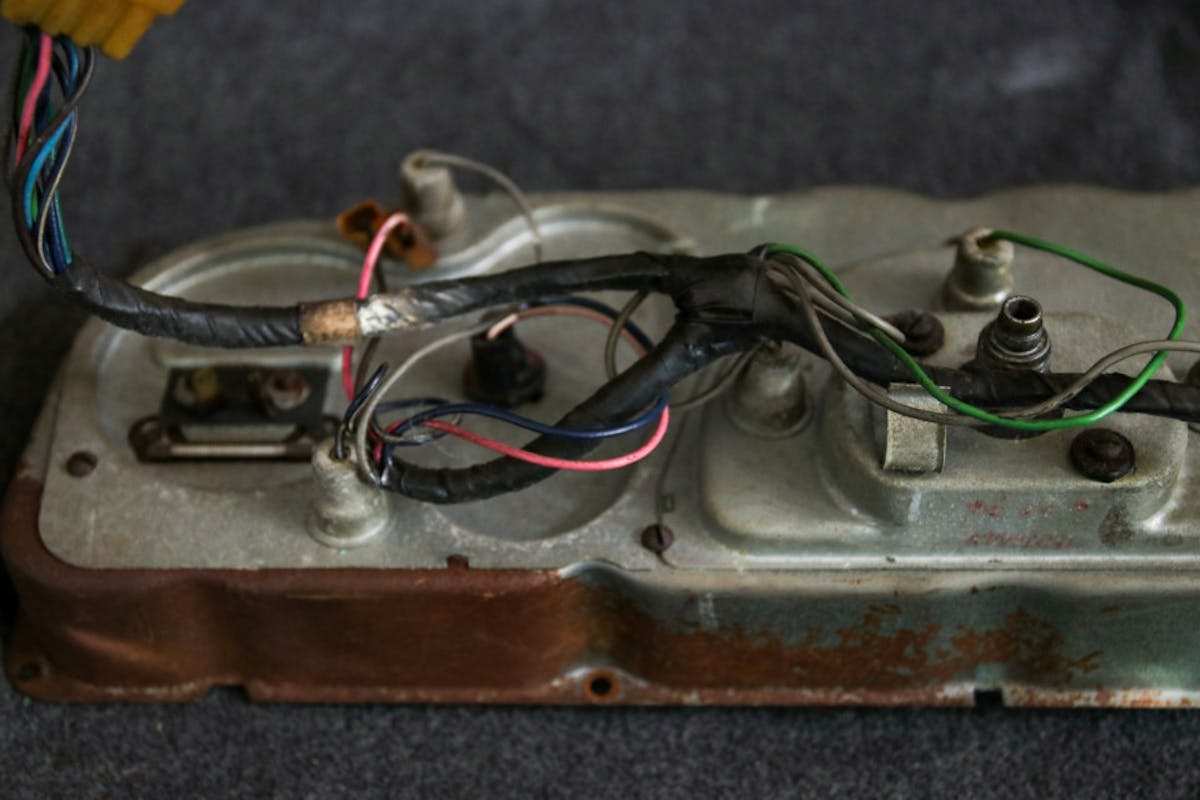
In fact, our project truck originally hit the showroom without a radio or speaker. For many of us, that bare-look of the factory truck has a pleasant appeal. Traditionalists look to maintain that factory appearance and forgo the technological advances that have been made in equipment and instrumentation in the past 60 years. Especially in budget-type builds.
About A Budget Build
When a project car builder decides to commit to a budget-type build, every part has to be cost-justified against the complete build. When we started the project, our goal was to build a truck that the “everyman” with a family and a tight budget could pull off. So how could we justify buying a sophisticated instrument system when the original gauge cluster still worked?
Yes. The original factory gauge cluster worked, but not as well as anyone would hope. After all, the components were 60-years old and put through years of wear. The solid cable speedometer looked and acted more like a windshield wiper than a precision measuring device. The speedometer needle fluctuated 10 MPH in either direction consistently.

The entire electrical current was wired to go through the instrument panel, as was the norm in vehicles serviced with a generator instead of an alternator. Like all cars and trucks of the time, the instrument lights were nice and bright when the engine RPMs were high but dimmed significantly when the engine dropped to idle speeds. Additionally, the factory instrument lights had that eerie yellow glow that is reminiscent of a 1950s horror/drama feature film.
Aesthetics In A Budget Build
Here’s where it gets difficult. What value do you place on aesthetics? Part of what we love about our project truck is the patina look of the exterior. That grungey, work-hardened, years-of-neglect appearance. Putting a shiny part on the exterior of this truck would defeat the entire sense of this project. The goal would be shot.

That doesn’t mean we have to live without modern technology, however. Sitting in the driver’s seat, there are two things that dominate the view. The steering wheel and the instrument gauges. To anyone outside of the cockpit, these items are not noticeable. Yet the driver’s entire personality is influenced by the condition and appearance of the steering wheel and instrument cluster.

Personally, we believe that anyone would feel better about their drive with a great instrument panel, despite that lack of other creature comforts and worn exterior appearance. It’s easy to justify the price of a top-shelf gauge kit from Dakota Digital that has state-of-the-art technology, yet looks exactly like the original factory unit.
Every project build, from top-dollar builds to budget builds, should strive to be a little bit unique, and something the builder can be proud of. The best builds are a great representation of the builder.
Form And Function
Dakota Digital offers several different product lines of instruments, each with a specific focus. We opted to upgrade with their latest gauge set, in the retro RTX series. Having Dakota Digital pay attention to the first generation C/K series trucks was exciting as many manufacturers simply overlook these models. The RTX line is dedicated to retaining the stock look without sacrificing the late-model features that are available to modern cars.
For the installer, the Dakota Digital gauge kits are a snap to install and the key feature that Dakota Digital has become known for – the one connector to the back of the display – simplifies the installation, and eliminates the solid-cable speedometer drive. These older speedometer drives are prone to failure and inaccurate readings.
The original instrument panel is open with several bare wiring connectors for lights, fuel gauge readings, turn signals and the like. These connectors are easily shorted out because they are not protected in any fashion. The RTX panel is sealed with one closed connector for instrumentation, and one connector for the alarm. This prevents the potential of anything causing a short circuit behind the dash.
The OE instrument cluster was equipped with an ammeter instead of a voltmeter. Over the years, most project car owners have changed their charging system from a generator to a modern alternator. This renders the ammeter useless. The options have been to add a voltmeter by cutting a hole in the dash or mounting one on the dash someplace. Other builders, like us, just did without. The Dakota Digital instrument panel comes with a voltmeter, which solves the issue completely.
Modern Upgrades
The single most impressive feature of the RTX instrument panel is the lighting and display abilities. The instruments read exactly like the original display at first sight. That is to say, the instruments are laid out and the needles move in the same direction as the originals.
However, this unit really shines with the lighting capabilities (pun intended and deserved). The instrument panel is backlit by LED lights. LED lights last longer, produce a brighter light, and are 90 percent more efficient than traditional incandescent bulbs. In short, you get more light, using less electricity, for a longer period of time.
Using less energy may not seem like a big deal, but when you add an electric fuel pump, and EFI system, add a stereo, electronic cooling fans, and other electrical components, the electrical charging system can get pushed to the limit quickly. Part fail and electrical charging systems need to be repaired or replaced. For safety and economical reasons, It pays to be a miser with your electricity.
Lighting
When it comes to the lighted needle colors, sweep color, and the digital TFT display, Dakota Digital’s RTX systems offer more than 30 different color options. For ease of use, the factory has preset 12 color themes that can be selected quickly and easily. This allows the user to quickly create an operating environment that is pleasing to look at or fit your mood. Additionally, there is an option to choose the color zones independently and suit your personal preferences whenever you please.
Interior lighting is critical for safe driving. Gauges lights that are too bright or too dim cause problems with eye strain or simply being able to read the gauges quickly. The longer a driver is searching for information from the gauge cluster, the less time their eyes are on the road. Sharper color contrasts between the background and gauge displays when needed, and warmer contrasts when appropriate. If the gauge lighting is bright enough, the glare is reflected off of the driver onto the windshield, which presents a safety hazard on its own. Dakota Digital has carefully thought through this aspect of lighting.
The RTX instrument cluster daytime and nighttime brightness can be swiftly controlled through the system’s setup menu. This allows the user to choose a preferred lighting intensity level, which is toggled by the activation of the headlight switch. Dakota Digital offers an optional DIM-1 rotary type dimmer control if the user prefers on-the-fly type lighting intensity adjustments. An option that should be considered for drivers that frequently go between bright light city driving and dark country roads at night.

What’s Included
Like almost every instrument kit built by the Dakota Digital team, this RTX kit was designed from scratch. The instrument housing is machined and filled with hand-selected electronics that are completely built in-house. What makes digital-type gauges so desirable is the high definition message center and accurate measuring of critical engine operating parameters. The message center can be configured to display almost any information that a driver would need to know.
To make this happen, the RTX series uses a central control box that receives all the input and displays the information on the display panel as configured by the person doing the installation. Using a central control box with one wire output to the display panel keeps the installation simple and makes the setup easy enough that a first-time installer can do it without fear.
Included In The Kit:
- Display panel
- Display cable
- Control Box
- Double-sided tape
- Screws
- Buzzer with 3 feet of cable
- Switch (for configuring the display)
- Switch mounting plate
Summary
It is true that beauty is in the eye of the beholder, and we all have a different idea of what true beauty is. However, some things are timeless and their appearance is cherished, no matter what era it is viewed from.
We have discovered the Dakota Digital RTX line of gauges maintain the original standards of appearance while upgrading the technical elements of instrumentation to the most modern capabilities. There’s confidence in having modern technology, and a cool factor in keeping the original look.
The only drawback that we found with this kit lies in the fact that it will not work with GMC trucks of the same era. We feel for our GMC brethren but this is a problem that GMC truck owners are familiar with. There are many other aftermarket upgrades that fall into the same category. Dakota Digital is likely to remedy this for the GMC fans in the near future.
Stay tuned for our next article on the Dakota Digital RTX installation article where we discuss the technical side of each component and show the installation in a step-by-step procedure.
You might also like
Five Tips For An Engine Swap Gauge Cluster
If you're swapping engines it your ride it might be time to swap gauges too. Here are some things to keep in mind when working on a gauge swap.





